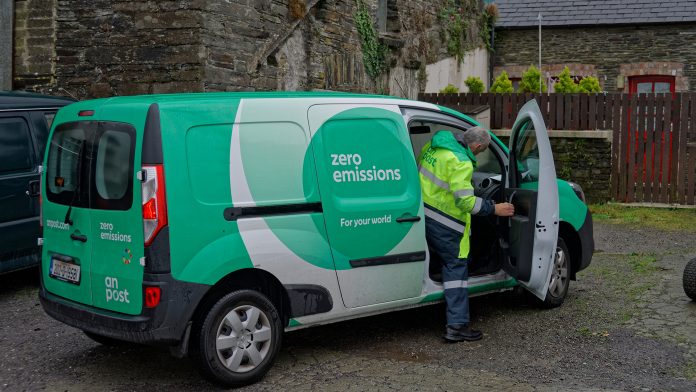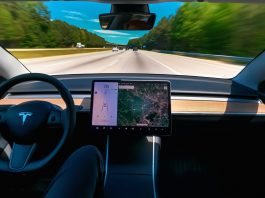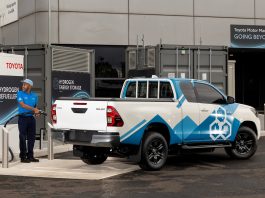Rapidly increasing the uptake of zero-emission vehicles will lead to an 80% or more drop in transportation greenhouse gas emissions by 2050 from the 2019 level, according to researchers from the U.S. Department of Energy’s National Renewable Energy Laboratory (NREL).
They argued for adopting zero-emission vehicles after running thousands of computer simulations on the steps needed to decarbonise passenger and freight travel, which make up the largest contributor to greenhouse gases.
While they advised that no single technology, policy, or behavioural change is enough by itself to reach the target, eliminating tailpipe emissions would be a significant factor.
“There are reasons to be optimistic and several remaining areas to explore,” said Chris Hoehne, a mobility systems research scientist at NREL and lead author of the study.
“But there is high uncertainty for future transportation emissions and electricity needs, and this unique analysis helps shed light on the need for zero-emission vehicles.”
The paper, ‘Exploring decarbonisation pathways for USA passenger and freight mobility,’ appears in the journal Nature Communications.
The transport sector accounts for 25% of greenhouse gas emissions
“The transportation sector accounts for about a quarter of greenhouse gas emissions in the United States, and about two-thirds of all that is from personal vehicle travel,” Hoehne said.
By employing a combination of strategies, the study shows that the maximum potential for 2050 decarbonisation across the simulated scenarios is a staggering 89% reduction in greenhouse gases relative to 2019, equivalent to an 85% reduction from the 2005 baseline.
The role of zero-emission vehicles in the energy transition
While most vehicles today burn fossil fuels, zero-emission vehicles rely on alternate power sources, such as batteries or hydrogen.
Transportation ranks as the largest source of greenhouse gas emissions in the US and the fastest-growing source of emissions in other parts of the world.

The researchers analysed 50 deep decarbonisation scenarios, showing that rapid adoption of zero-emission vehicles is essential alongside a simultaneous transition to a clean electric grid.
Equally important is managing travel demand growth, which would reduce the amount of clean electricity supply needed. The researchers found the most dynamic variable in reducing total transportation-related emissions is measures to support the energy transition.
Addressing the need for advancements in green transport
Using a model called Transportation Energy & Mobility Pathway Options (TEMPO), the researchers performed more than 2,000 simulations to determine what will be needed to decarbonise passenger and freight travel.
The study explores changes in technology, behaviour, and policies to envision how passenger and freight systems can successfully transition to a sustainable future.
Policy changes may require new regulations that drive the adoption of electric vehicles and zero-emission vehicles, for example.
Technology solutions will call for continued advancements in batteries, fuel cells, and sustainable biofuels, among others.
“Recent progress in technology coupled with the pressing need to address both the climate crisis and air quality issues have elevated the importance of clean transportation solutions,” concluded Matteo Muratori, manager of the Transportation Energy Transition Analysis group and architect of the TEMPO model.









